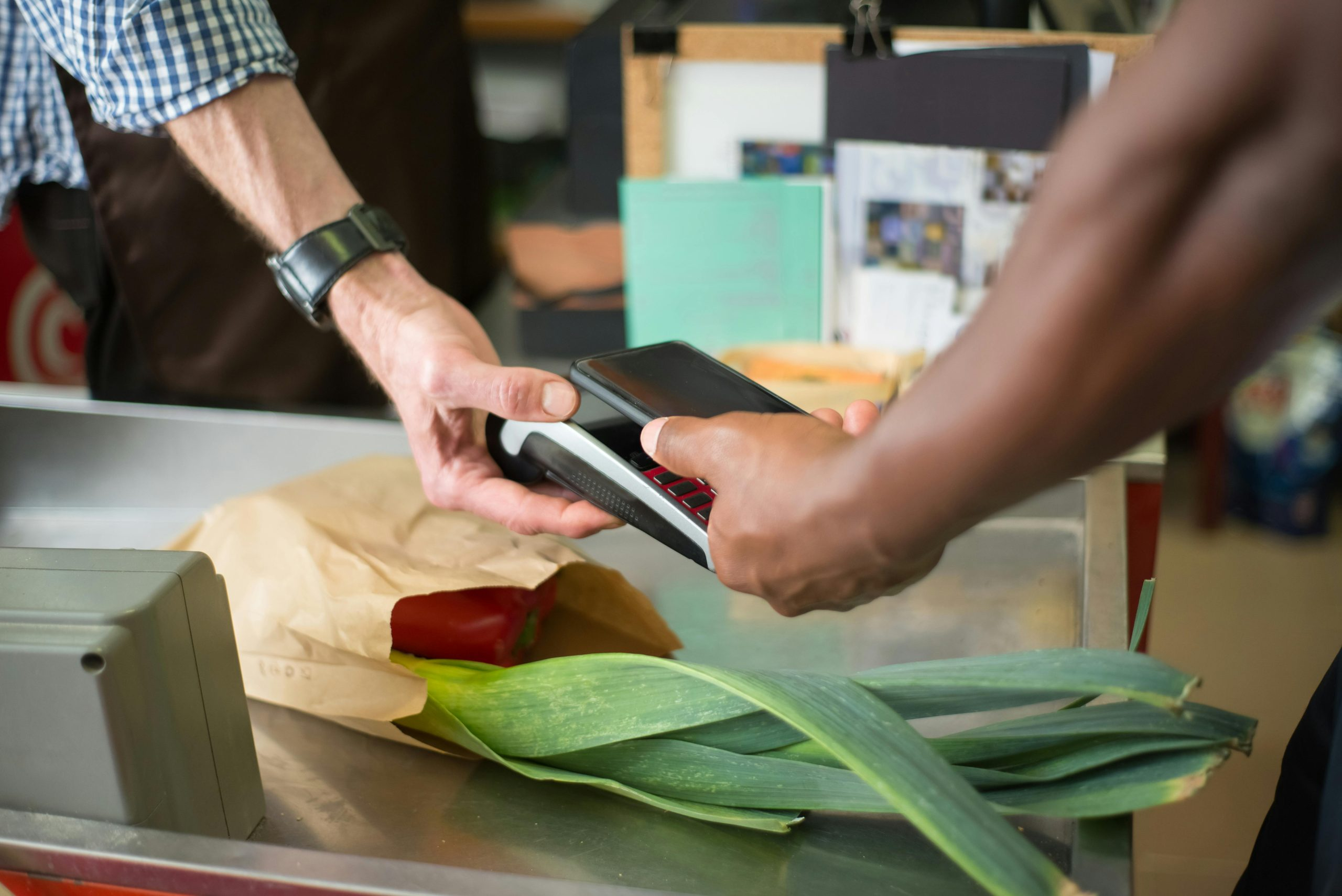Adapting to cashless shopping in global cities
The emergence and rapid growth of cashless transactions have revolutionized the way we shop and do business. In recent years, global cities have been at the forefront of this transformation, with more and more people turning to cashless payment options for their daily needs. From contactless cards and digital wallets to mobile payment apps, the options are endless, and the benefits are undeniable. However, as with any major shift, there are challenges to be faced in adapting and embracing this cashless trend. In this article, we will explore the rise of cashless shopping in global cities and discuss how businesses and consumers can adapt to this new way of conducting transactions.
The Rise of Cashless Shopping in Global Cities
Cashless transactions have been around for years, but the rise of smartphones and mobile devices has accelerated their growth. In global cities, where technology is readily available, the adoption of cashless payment methods has been particularly swift. In fact, according to a report by Payments Canada, the use of cash in Canada has declined by 10% in just five years, and the trend is similar in other developed countries.
One of the main reasons for the surge in cashless transactions in global cities is the convenience factor. With so many options available – from tapping a card to scanning a QR code – shoppers can leave their wallets at home and still make purchases. This has also led to an increase in impulse buying, as shoppers are more likely to make spontaneous purchases when they don’t have to think about carrying cash.
The Benefits of Going Cashless
Aside from convenience, there are numerous other benefits to going cashless, both for consumers and businesses. For consumers, it means not having to worry about carrying the right amount of cash or dealing with change. It also keeps them safe from theft and fraud, as there is no physical money to be stolen.
For businesses, cashless payments mean faster, more efficient transactions. With less time spent handling cash, employees can focus on other tasks, and checkout lines move faster, resulting in increased customer satisfaction. It also provides an accurate record of transactions, making accounting and tax reporting easier.
Challenges to Overcome
Despite the many benefits of cashless shopping, there are still challenges that need to be addressed to ensure a smooth transition for both businesses and consumers. One of the main concerns is the security of digital transactions. With more and more personal information being shared online, the risk of data breaches and identity theft increases. However, with proper precautions and security measures in place, this risk can be minimized.
Another challenge is the issue of access and inclusivity. While cashless payments offer convenience, not everyone has access to the technology required to use them. This can leave certain demographics, like the elderly or low-income individuals, at a disadvantage. Therefore, it is important for businesses and governments to ensure that cashless options are accessible to everyone.
Adapting to the Cashless Trend
With the cashless trend gaining momentum, it is essential for businesses to adapt and keep up with the changing landscape. This includes investing in the necessary technology to accept cashless payments and providing training for employees to ensure they are comfortable and efficient in using these tools.
For consumers, it is important to familiarize themselves with the different cashless options available and choose the ones that best suit their needs. This may involve downloading apps, registering for digital wallets, or simply carrying a contactless card.
In Conclusion
Cashless shopping is here to stay, and global cities are at the forefront of this transformation. While there are challenges to be overcome, the benefits are undeniable. With convenience, efficiency, and increased security, the shift to cashless transactions is set to continue and grow. By adapting and embracing this trend, businesses and consumers can stay ahead of the curve and reap the rewards of a cashless economy.










